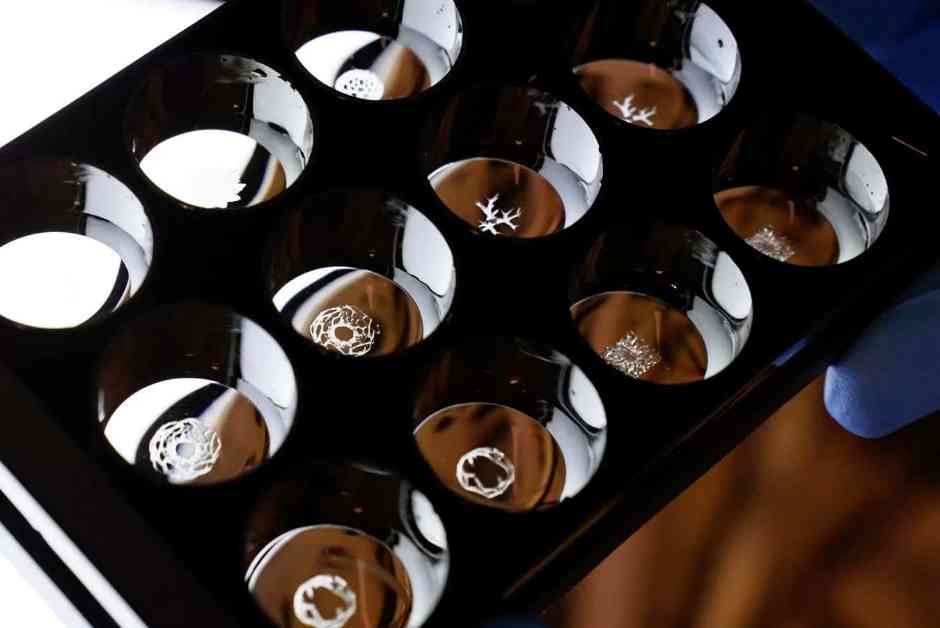A revolutionary new method of 3D printing using light and sound is changing the way we approach organ replication for medical testing purposes. Traditional 3D printers work layer by layer on a hard base, which can be time-consuming and risky for delicate objects. However, researchers at the University of Melbourne have developed a new technique called “dynamic interface printing” that is changing the game.
This new printer works by using a pressurized hollow tube immersed in resin. By projecting slices of an object onto an interface created by the resin, the printer can rapidly build a 3D structure. The use of speakers to vibrate the interface speeds up the curing process, allowing for faster printing speeds and finer resolution.
The potential applications of this new technology are vast. Researchers have successfully printed objects with a resolution of 15 micrometres, allowing for structures as small as a single cell to be replicated. The ability to print delicate structures with soft materials opens up possibilities for mimicking native tissues and growing functional tissues for medical purposes.
One of the most exciting prospects of this new technology is the ability to create custom tissue models from patient samples. Imagine being able to print multiple functional 3D kidneys for a patient to test different drugs quickly and effectively. This could revolutionize the way we approach drug testing and personalized medicine.
Furthermore, the permeable nature of the printing interface allows for multi-material printing, enabling the printing of complex structures like bone tissue, tendons, and skin in a single process. This opens up possibilities for creating complex organ models for research and medical testing purposes.
Overall, this new light and sound 3D printing technology has the potential to revolutionize the field of organ replication and tissue engineering. The ability to rapidly create custom tissue models and test different drugs on 3D printed organs could have a significant impact on the future of medicine and personalized healthcare.
